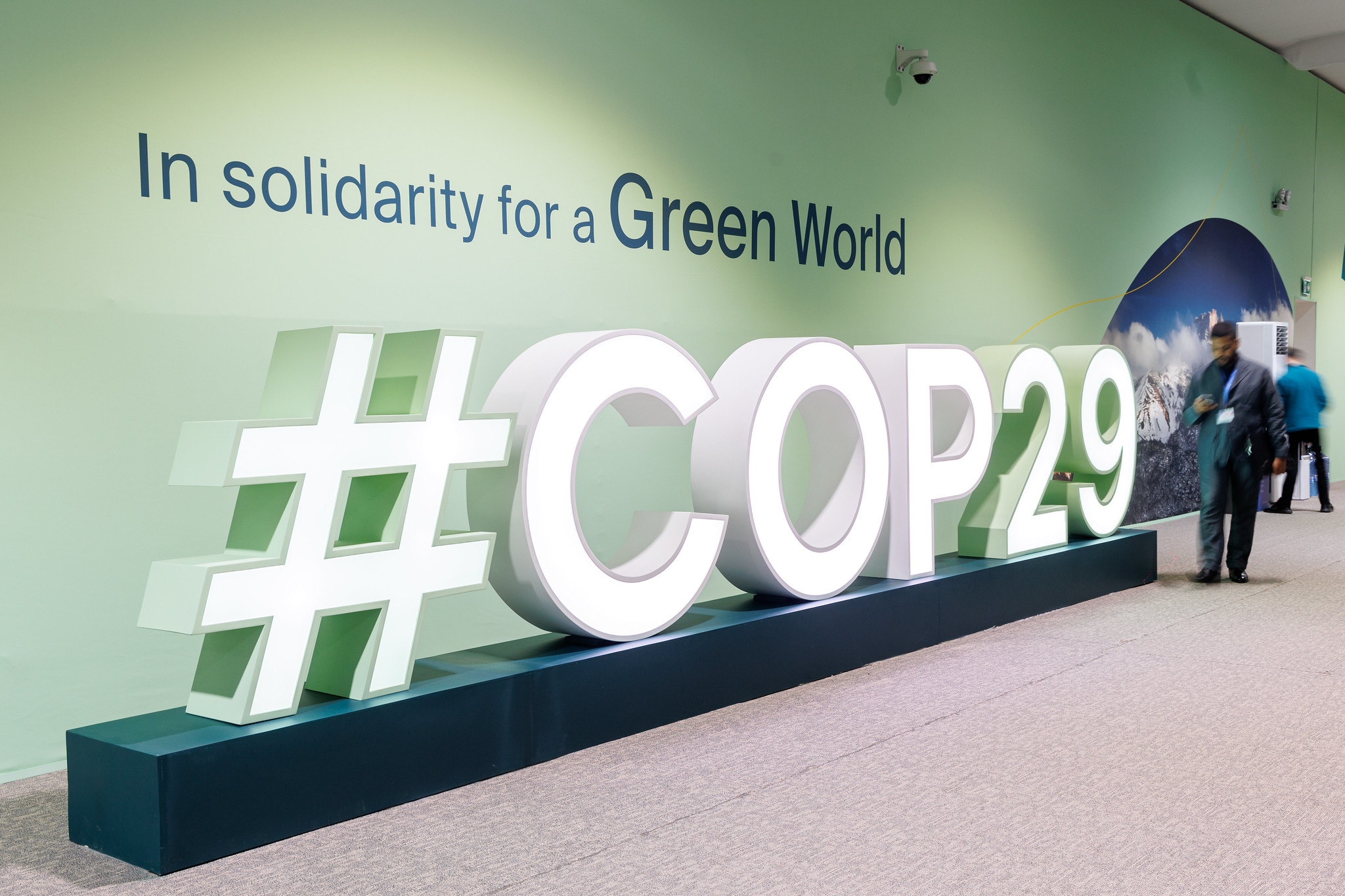COP29
The 29th UN Climate Change Conference (COP29) in Baku, Azerbaijan, has entered its critical second and final week with negotiations intensifying around climate finance — the cornerstone issue of this year’s “Finance COP”.
At COP15 in 2009, developed countries made an ambitious pledge to mobilise $100 billion annually by 2020 to support developing nations to tackle the climate crisis. However, the goal was not achieved until 2022, two years after the deadline.
To address the escalating urgency of the crisis, a new collective quantified goal (NCQG) for climate finance is central to this year’s summit discussions.
TheCable explores the key updates on the climate finance deal at COP29.
Advertisement
THE PUSH FOR TRILLIONS
The NCQG is expected to replace the long-standing $100 billion annual finance target. Developing countries, including the Arab Group, the African Group, and like-minded developing countries (LMDCs), are advocating for a massive increase in annual climate finance commitments that address their unique vulnerabilities. They argue that current pledges fall woefully short of the trillions needed to address mitigation, adaptation, and loss and damage from climate change.
Estimates suggest that annual needs could exceed $1.3 trillion by 2030. Pakistan has proposed the highest figure so far – “a minimum of $2 trillion” – but with no specified timeframe. The G77 and China have also emphasised the need for publicly funded, grant-based finance mechanisms that prioritises equity and justice.
Advertisement
Developed nations, on the other hand, are advocating for a more inclusive funding model that draws on private investments, public funds, and contributions from wealthier developing countries like China and Gulf states. However, this stance has sparked a backlash from the Global South, which describes it as an attempt to undermine accountability.
Meanwhile, the US has consistently underperformed in providing climate finance. This is despite several analyses indicating that it should be by far the largest contributor, as it is the world’s richest country and the biggest contributor to climate change.
DRAFT TEXT CHALLENGES
Negotiations have been further complicated by the release of a 25-page draft text outlining potential approaches to the NCQG. The document highlights key options for structuring the finance goal, including a fixed dollar target and mechanisms for leveraging public and private funding.
Advertisement
However, the draft has faced criticism for its complexity and lack of actionable clarity, which can lead to slow progress. Disputes remain over critical details such as the inclusion of fossil fuel phase-outs in financing criteria and the balance between public funding and private investment.
The draft presents three primary options for the goal’s structure, including:
• Provision and mobilisation — what developing countries seek: In general, they require $1.3 trillion in climate finance per year. This amount only accounts for funding provided by developed countries, such as the European Union, the United States, and Japan. The finance text states that all developing nations should have access to this support.
• A multi-layered approach, including investment — what developed countries seek: The goal could be $1 trillion or more, encompassing various sources of funding, such as global private investment and contributions from developing countries.
Advertisement
• Or a combination of the first two options “as a cumulative goal or in conjunction with a cumulative goal over the specified time frame.”
CHOOSING A TIMEFRAME
Advertisement
Another critical aspect of the NCQG is determining the timeframe within which developed countries must fulfil their commitments. This decision will not only influence the size of the financial target but also shape how progress is tracked over time.
Proposed timeframes vary, ranging from short five-year cycles to longer spans of 10 or even 20 years, each presenting unique advantages and challenges.
Advertisement
For example, a five-year timeframe would align with existing climate mechanisms under the Paris Agreement, such as the nationally determined contributions (NDCs) and the Global Stocktake, both of which operate on five-year circles.
In contrast, 10- or 20-year proposals seek to provide greater stability and predictability in financial planning, giving developed countries clearer long-term targets and allowing developing nations to align their climate strategies with reliable funding expectations.
Advertisement
As ministers arrive this week to steer the talks toward resolution, the road ahead is fraught with challenges. Bridging the gap between developed and developing countries’ demands will require compromises that balance ambition, equity, and practicality.
COP29’s finance negotiations will not only determine the scale and scope of future climate funding but also test the strength of global cooperation in addressing the climate crisis. Whether Baku becomes a symbol of progress or a reminder of fractured diplomacy will depend on the decisions made in these crucial final days.











